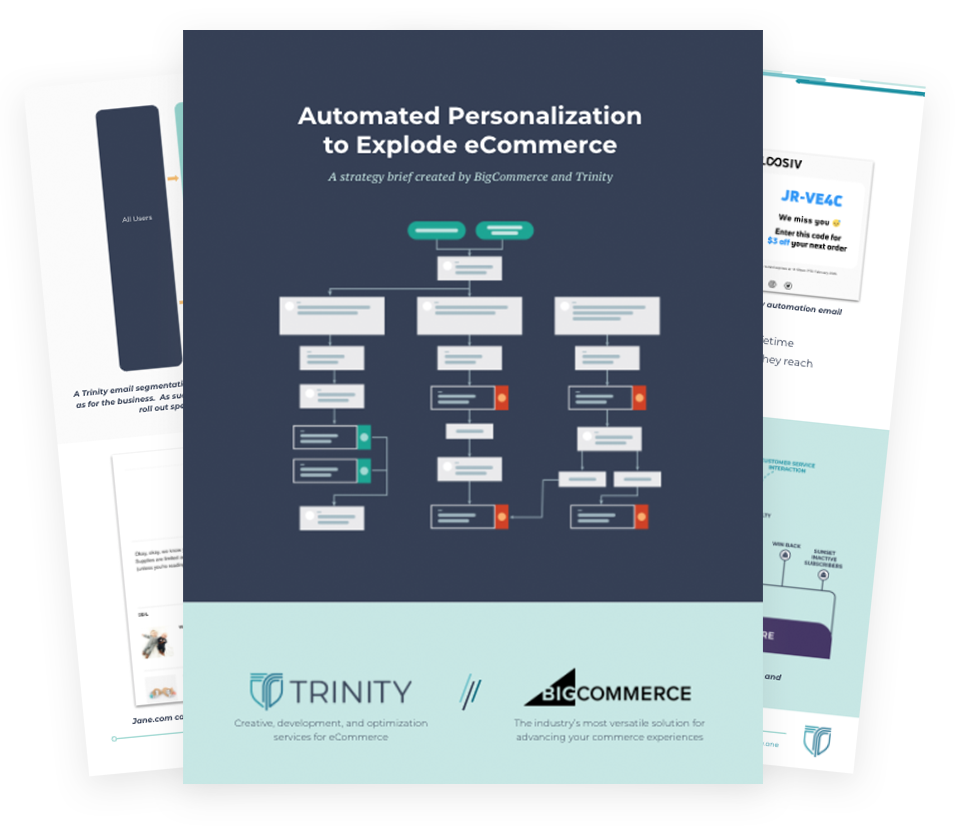Chances are if you’re reading this, you already have begun thinking about what needs to be accomplished to enhance the mobile experience of your website. Do you create a native app for iOS and Android users or invest in having an m-dot site built, or is a responsive designed website the best approach? I’m not here to tell you which route to go, although I will give recommendations, I’m just here to inform you that you should soon begin putting your mobile thoughts into action.
According to a Google blog post from June 2013, they will begin to roll out several ranking changes in the near future that address sites that are misconfigured for smartphone users. In the blog post, Google states that “Smartphone users are a significant and fast growing segment of Internet users, and at Google we want them to experience the full richness of the web.”. We’ve all had bad browsing experiences on our smartphones with websites that were not catered to a smaller screen resolution, and lets be honest, more times than not, that poor experience leads to you, the user, exiting the website without accomplishing what you had set out to do in the first place.
You really have 3 options for optimizing your website’s mobile experience. I’ll rank them here beginning with what I feel is the most difficult option and end with the option I believe makes the most sense.
1. Developing an App
This option is by far the most time consuming and labor intensive option but is probably the most “trendy” choice. Smartphone users love apps and love downloading and talking about cool apps. However, for a company and their development team, the cost of app maintenance can be pretty high, especially if your app supports more than one platform. Furthermore, the process of getting the app approved at the corresponding app store can be a long and tedious process for the developer and does not always result in the perfect ending.
2. M-Dot Site
The m-dot approach revolves around creating a separate website focusing on the mobile experience. This website usually resides in a subdomain where most websites utilize the letter m (m stands for mobile, you get it right?). When a visitor goes to your website on a mobile device, JavaScript is used to detect the screen resolution and alert the browser which then redirects users to the sub-domain (i.e. m.yourawesomewebsite.com). My biggest question to those of you heading down the m-dot path is, what will you display to tablet users? Will you also develop another website with a t’ subdomain? Or will you serve up the m-dot site to those tablet users? Too often I visit a website on my tablet and I am immediately redirected to the m-dot version which is far from optimized for a tablet. This immediately affects the user experience.
3. Responsive Web Design
Responsive web design has become an increasingly popular option over the last few years. This option solves your mobile issues by taking advantage of CSS and media queries to resize, adjust and reposition the content on your website based off the screen resolution of your visitor. According to the Mozilla Developer Network, “A media query consists of a media type and at least one expression that limits the style sheets’ scope by using media features, such as width, height, and color. Media queries, added in CSS3, let the presentation of content be tailored to a specific range of output devices without having to change the content itself.” When done right, a responsive designed website will initially involve more creativity, time and planning than a static design, but development time is less than building 2 websites. What’s more, Google prefers responsive web design stating that “maintaining a single shared site preserves a canonical URL, avoiding any complicated redirects, and simplifies the sharing of web addresses.”
At the end of the day, you can be assured that a well designed responsive website will benefit your mobile rankings in Google and also let your visitors access your content or shop your website regardless of the device they have in their hands.




